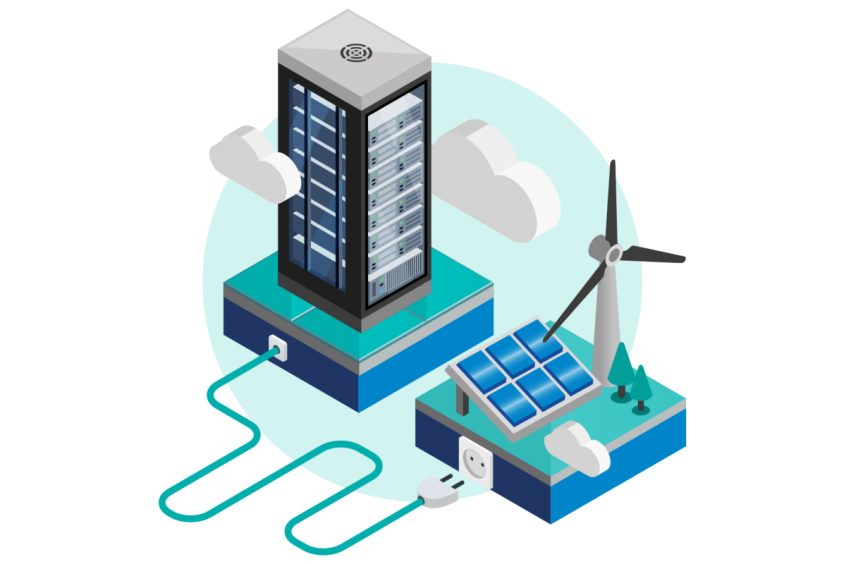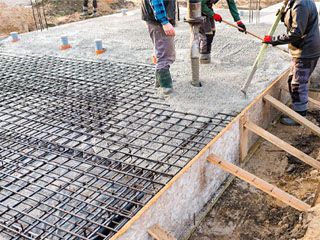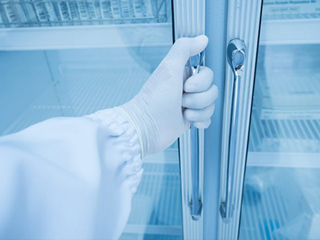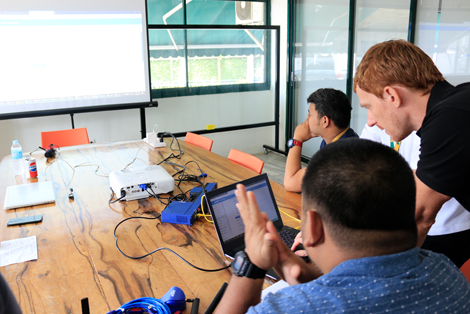For quite some time, the impact of data centers on the environment has become a leading issue. Datacenter sustainability has thus become an important subject. Not only from an environmental impact point of view but from an operational overhead perspective as well. This has made data center designers, administrators, and stakeholders keener on pursuing the importance of using renewable energy to power digital infrastructure.
The fast expansion of the cloud, accelerated by the COVID-19 pandemic, brought more attention to the data center industry’s role in retooling the economy for a more sustainable future. Now, the industry will have to embrace sustainability in these 5 steps as the start of their commitment.
1. Create a Bold and Workable Plan
-
Define success for your company and empower your employees to assist you in achieving it.
-
Set goals, for improvements wherever feasible – 1% each year for 25 years will have a major influence on a worldwide business.
-
Install programs and evaluate where you can make changes on a monthly, quarterly, or annual basis.
-
Monitor, manage and share the lessons you’ve learned to keep your results going.
2. Install Energy-Efficient Designs
As an industry, data centers have reduced energy losses by 80%. But the point of diminishing returns with our data center designs is approaching. Invest in technologies that increase energy efficiency and cut carbon emissions. Like SF6-Free switchgear and liquid cooling that can potentially cut the energy consumption by 15%.
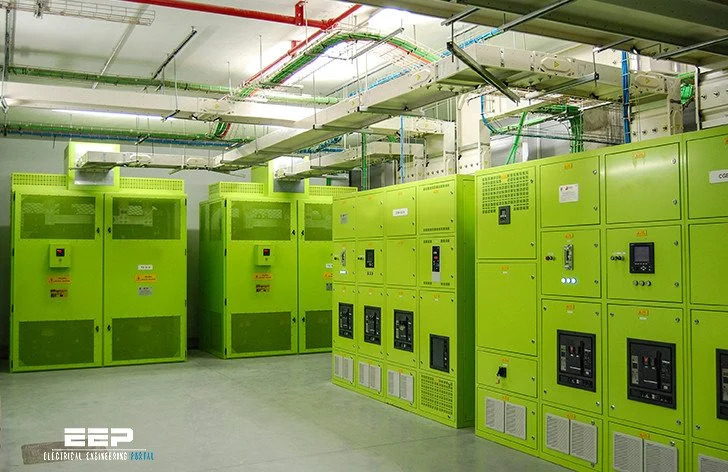
Photo Credit: electrical-engineering-portal.com
When it comes to physical infrastructure equipment, rightsizing is the best technique for maximizing savings and lowering energy usage. In most data centers, fixed losses account for a considerable part of electricity usage. The energy cost of these constant losses in lightly loaded data centers might actually exceed the cost of the IT load. If the data center’s energy infrastructure is overbuilt, these fixed losses constitute an excessively large portion of the overall electrical demand. Matching the cooling load to the IT load without oversizing increases efficiency and reduces these fixed losses.
3. Improve Operational Efficiency
DCIM Software and analytics are utilized to monitor and report through dashboards. This assists in decision-making and track sustainability progress. We also need to start using resource dashboards to keep track of our carbon footprint. After all, if you don’t measure it, you won’t be able to control it.
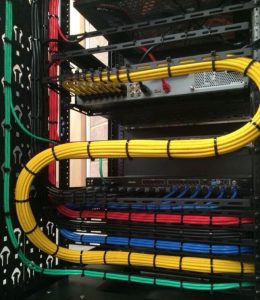
Photo Credit: miro.medium.com
Organize Cabling
Cycle Equipment
Optimize Data Floor Space
Deploy DCIM Tools
Without a data center infrastructure management (DCIM) software is like trying to sail a boat in complete darkness. Even minor problems in the data center, if not monitored, can take the facility by surprise. Data centers need to be managed with an effective DCIM platform according to experts.
DCIM gives a comprehensive insight into the IT infrastructure of the facility. Power consumption, cooling requirements, and traffic demands may be monitored in real-time by data center operators. IT support tickets may be addressed with a DCIM platform. Then customers can convey their requirements without having to go through a lengthy request procedure.
Practice Good Data Hygiene
Many people no longer consider storage capacity since storage technology has evolved so far and so fast. Companies have more than enough room to store the large amounts of data that their networks and the internet of things (IoT) generate.
Data management may cost up to $3 trillion globally by 2020 if left unmanaged. Data hygiene may help their clients better manage their ROT data. Since computer technology requires less power and cooling, reducing the IT infrastructure has a favorable impact on data center standards. It also allows distributing more storage and other resources.
4. Use Renewable Energy
5. Decarbonize Your Supply Chain With Renewable Energy Sources
Monitoring Data Centers with AKCP
AKCP monitoring solutions allow you to gain detailed insights into your data center facility’s environmental and power parameters. Checking for hotspots, differential air pressure, and airflow around your data center. Ensure that real-life measurements match predicted cooling and airflow analysis from CFD models. Once you have the proper sensors and monitoring in place, the measurements can be used to begin controlling your data center for maximum efficiency. The first thing to do is determine what is your current PUE and use this as a benchmark.
Power Monitoring
Monitor single-phase, three-phase, generators, and UPS battery backup power. AKCP Pro Server performs live Power Usage effectiveness (PUE) calculations so you have a complete overview of your power train and how adjustments in your data center directly impact your PUE.
Try out our online PUE Calculation Tool here
Environmental Monitoring
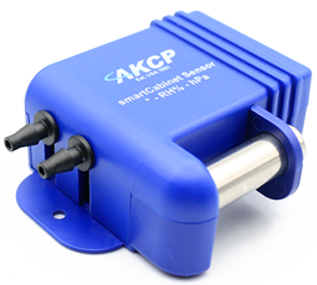
AKCP Cabinet Analysis Sensor
Monitor all your temperature, humidity, airflow, water leak, and other environmental sensors. Configure rack maps to show the thermal properties of your computer cabinet, check the temperature at the top, middle, bottom, front, and rear, as well as temperature differentials.

